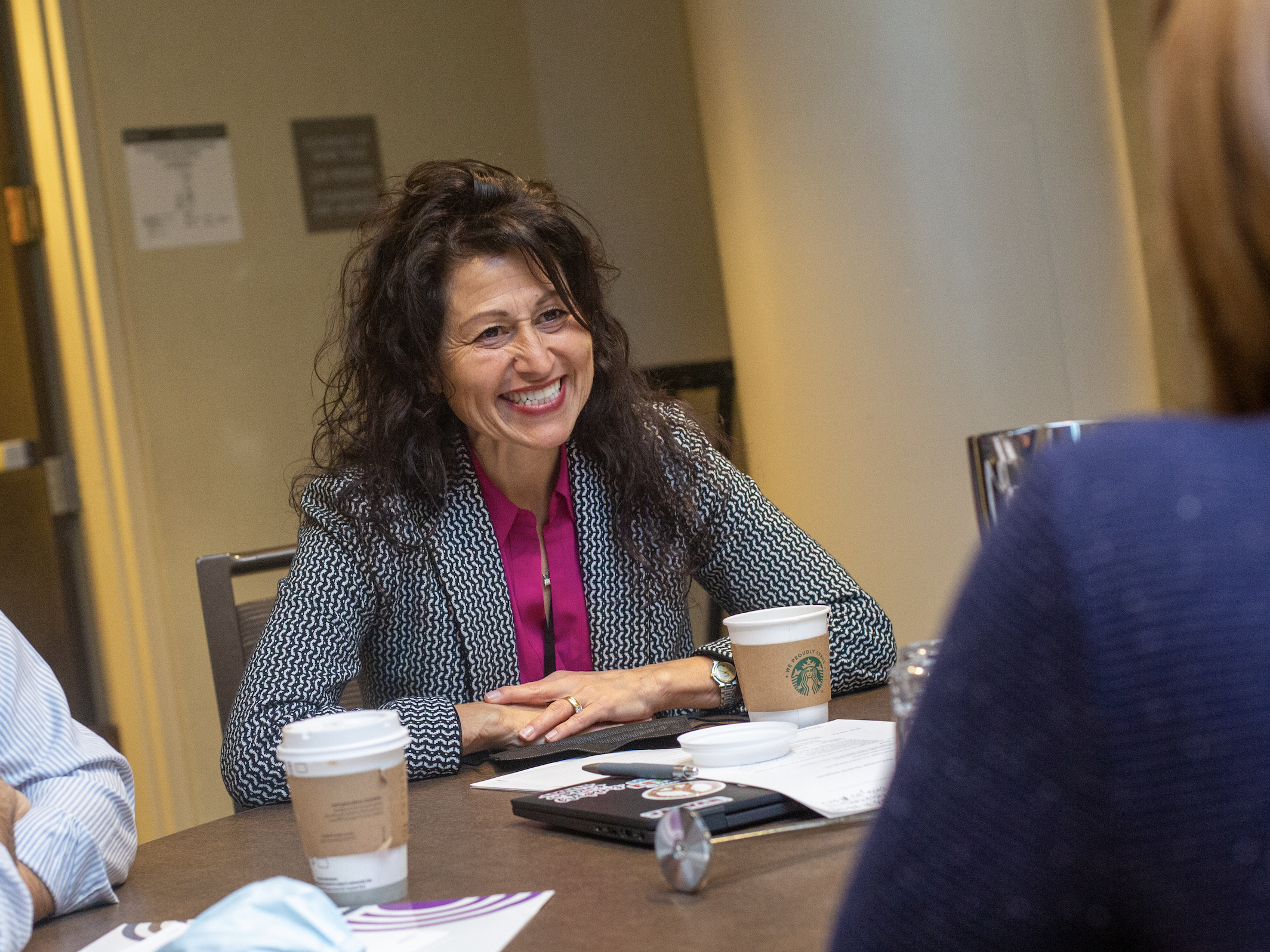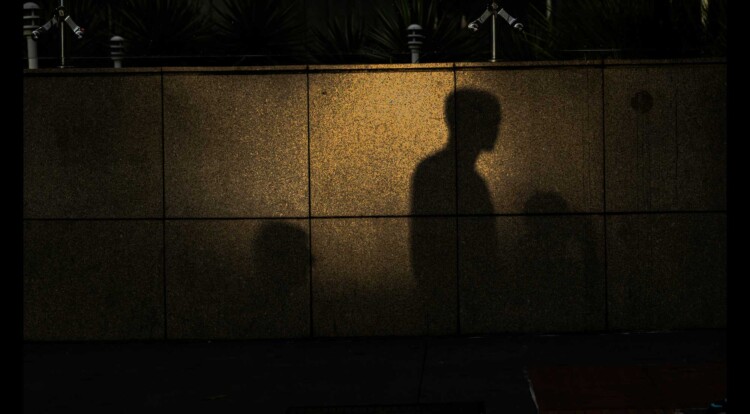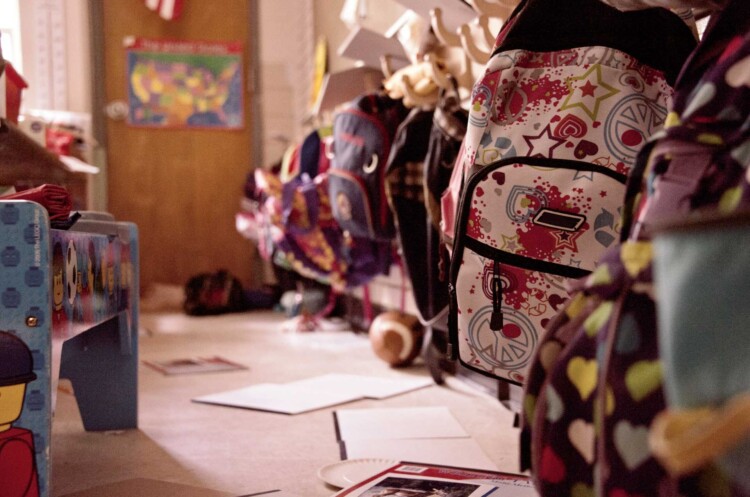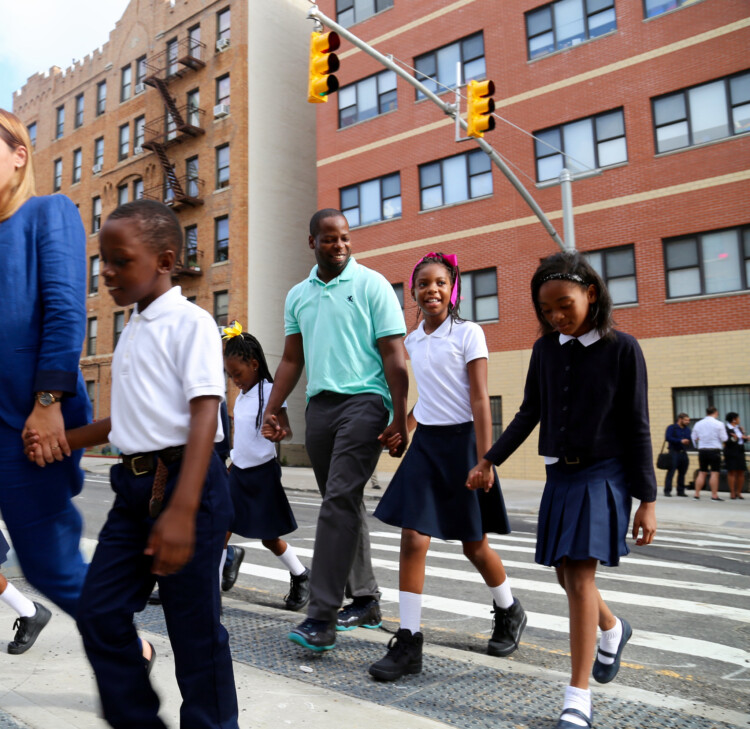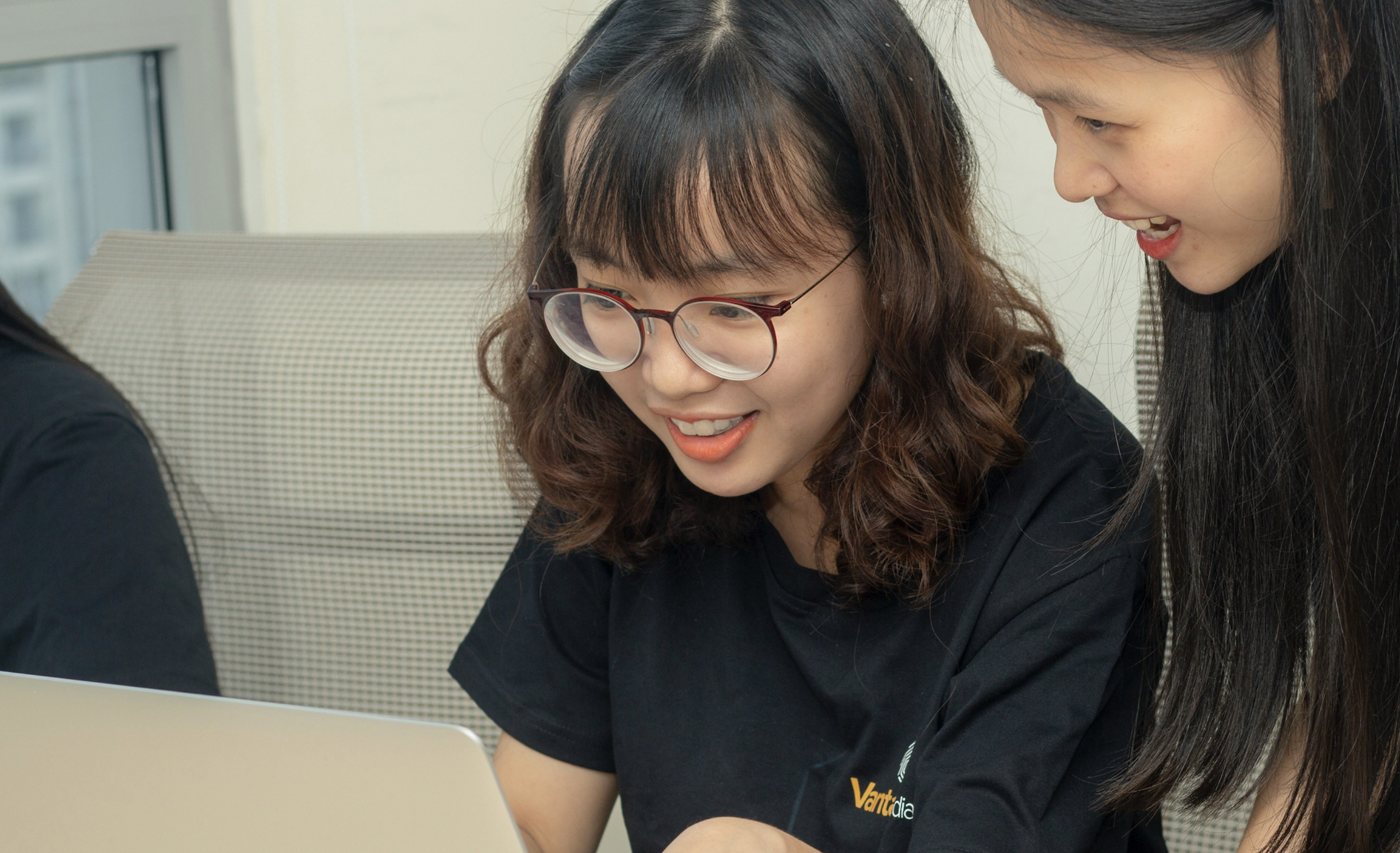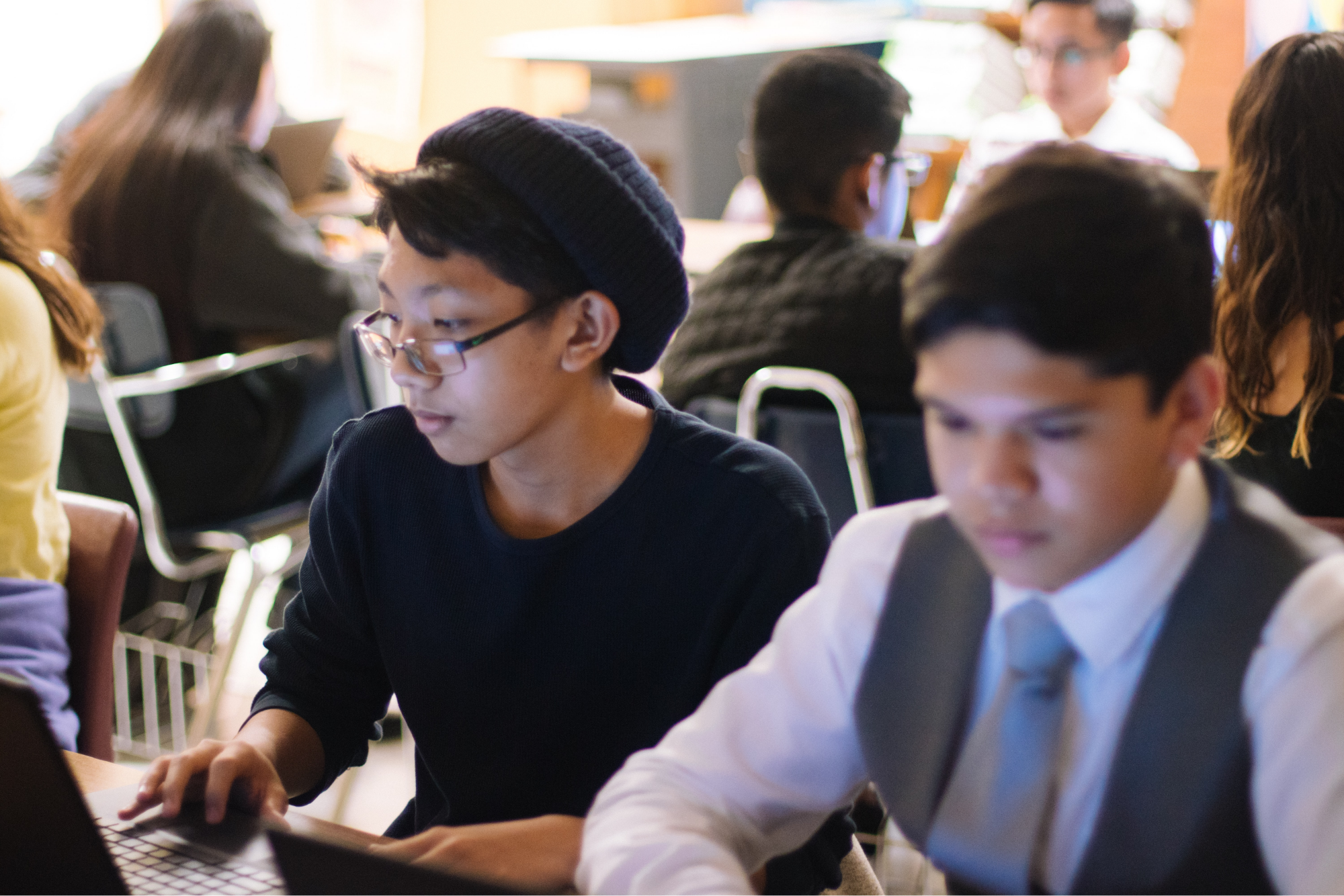This winter I attended the William T. Grant Foundation convening for the Reducing Inequality Grants program. As I attended each of the sessions and listened to my colleagues share their findings, their struggles, their successes, and their human experiences of engaging in the hard work of building knowledge of how to reduce inequities in a society that is, by design, structured to produce inequities, I saw one common thread throughout every single topic that we were discussing: All of our projects have been and continue to be significantly impacted by two interrelated issues: COVID and the hostile political climate regarding issues of ethnoracial-based inequities.
Threats to the field
First, COVID and our hostile political climate have served as a multipronged disruptor to our work, which in turn has affected and continues to affect our science, the people doing the science, and the people who the science is about. Individually, and interactively, these factors have disrupted each level of the ecosystem of our work. For instance, they have impacted the individuals doing the work (e.g., PIs fear for their personal safety; researchers/research assistants experience racialized trauma and or triggers that (re)traumatize them). In the education domain, they have impacted the individuals we are studying, whether it’s young people, teachers, or the care providers. All of these individuals are experiencing the consequences of the inequities brought about by these challenges. We experience this through teacher shortages, student absences, and students’ home challenges, as examples.
These factors significantly impact the research questions we are trying to answer, not to mention the scientific foundation we are trying to build. We see serious threats to our science because our carefully constructed study designs are upended. Our recruitment and data collection processes get disrupted, ultimately resulting in a situation where those of us who are engaged in primary data collection efforts during this sociohistorical moment have to seriously question WHO our samples are ultimately representing; in this way, our research is likely suffering from a significant selection bias, and we are studying a restricted range of the population. We are studying those who are willing and able to engage in this challenging work during this very challenging period in our history.
During presentations and informal conversations with colleagues throughout the convening, I heard many attendees (including those of us who have been doing this type of work for 20+ years) say things such as: “This is the first time I’ve experienced this degree of attrition…such low rates of participation…this low level of engagement.” It’s not an exaggeration to say that we are experiencing a research design epidemic. In fact, as I think of the state of affairs around the world and the extreme sociopolitical divide in countries across the globe, I would argue we’re in a research design pandemic.
Individual costs
Second, COVID and our current political climate has yielded a serious impact on individuals doing the work, whether it’s the researchers, the graduate students, or the educators and administrators who we are engaging in our interventions. There are significant psychological and physical health costs to doing this work in a sociohistorical moment characterized by socio-politically divided communities and extreme hostility toward explicit attention to ethnoracial inequities. The resistance to this work, in some cases, surfaces as attacks on the personal and professional identities of those doing the work; and these experiences have consequences.
Sure, the resistance affects our research designs – we may lose a school partner, we may lose research participants – but the real cost is to the psychological and physical health of the brave folks engaged in the work. We must be particularly attuned to and vigilant about these personal challenges of doing the reducing inequality work. Furthermore, we must recognize that a majority of folks engaged in this work are, in fact, folks who are members of minoritized groups. The personal challenges of the work (people worrying about their personal safety, people re-experiencing racialized trauma, experiencing new racial harm), coupled with the fact that a majority of folks doing this work are members of the groups we are trying to serve, can ultimately create a situation in which we are reproducing the very systemic inequities that we are trying to dismantle. During the convening, we talked about these as the “hidden costs” of this work. We need to be vigilant about these hidden costs and consider ways to mitigate them.
Remaining vigilant
Doing the work to reduce inequities is hard. As nicely articulated by Dr. Kenji Hakukta on Day 1 of our convening, the work is particularly challenging because many of us were not trained to know how to reduce systemic inequities; thus, we are building the plane as we are trying to fly it. And, in the midst of this very real challenge, the people flying the plane and the people in the plane are being confronted with a tremendous amount of turbulence (i.e., the personal challenges of doing the work). But the thing about turbulence is that only people in the plane feel it. We need everyone on the ground to be aware of this turbulence and to mitigate its impact.
An essential step toward this is to recognize the personal challenges or costs of this work and actively identify ways to support the folks doing the work. We need people who are serving on Promotion & Tenure committees to be aware of the extensive labor (affective, behavioral, cognitive) that it takes to do this work well. We need people who are serving on funding review panels, leading funding agencies, and otherwise controlling the disbursement of the financial resources needed to do this work to be aware of the extensive and multifaceted costs of this work. If we want to reduce inequities, and we want scholars (i.e., humans) to do the very hard work that it will take to create evidence-based and efficacious programs to do so, then we must be willing to pay for it. Yes, we can reduce inequities, but it will come at a cost, and we must be strategic and vigilant to ensure that the folks who are assuming the costs are not the folks who have been assuming the costs of marginalization all along.
We must acknowledge the turbulence, who is disproportionately experiencing it, and we must actively work to mitigate its negative impact.
